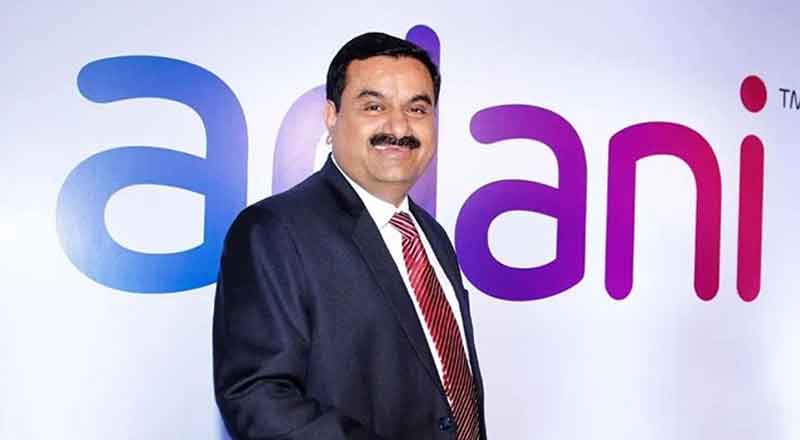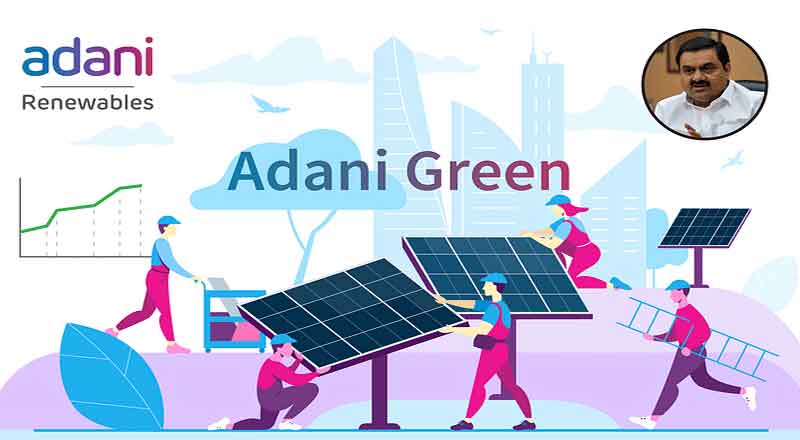India’s electric vehicle (EV) market has seen rapid growth in recent years, fueled by government incentives and a growing demand for greener transportation options. As a pioneer in the electric scooter industry, Ola Electric has played a crucial role in this EV revolution, capturing 27% of the market share. However, recent developments indicate that Ola Electric may be struggling to maintain its reputation, as it faces a significant backlash over its customer service, potentially jeopardizing its leading position in the sector.
Government Action Following Massive Customer Complaints
India’s Central Consumer Protection Authority (CCPA) has issued a show-cause notice to Ola Electric after receiving over 10,000 complaints from customers between September 2023 and August 2024. The complaints, which range from delayed and unsatisfactory services to inaccurate billing and unprofessional conduct, prompted the CCPA to step in. Nidhi Khare, Secretary of Consumer Affairs, emphasized the gravity of the situation, stating that such a high number of complaints cannot be ignored.
According to Khare, the complaints point to systemic issues in Ola’s customer service. She remarked, “You cannot leave it to individual consumers to fight their way out,” underscoring the need for regulatory intervention to protect consumers on a broader scale. The nature of the complaints suggests that Ola’s after-sales service, crucial for maintaining consumer trust in the growing EV market, has not met expectations.
Ola’s Response and Potential Consequences
Ola Electric has been given 15 days to respond to the notice, which accuses the company of violating consumer rights through misleading advertising and unfair trade practices. Failure to comply could result in significant penalties, including fines of up to 2 million rupees (approximately $24,000) and even imprisonment for company staff found guilty of malpractice.
The notice outlines several key issues raised by customers, including:
- Production flaws in the scooters
- Selling second-hand scooters disguised as new
- Failure to reimburse reservations that were cancelled
- Persistent issues with battery performance and other post-service problems
- Overpriced service charges and inaccurate billing
These issues, coupled with allegations of unprofessional conduct, have left many customers dissatisfied, leading to a wave of complaints and social media backlash against the company.
Struggles in Ola’s Service Hubs and Market Impact
The complaints are not entirely unexpected, as previous reports have highlighted Ola Electric’s struggles with after-sales service. According to a report from HSBC analysts in September, service hubs were overwhelmed by the volume of requests, with some centers facing significant backlogs. In one instance, over 100 scooters were found parked at a service center, some covered in bird droppings, indicating a severe shortage of staff to manage repairs and maintenance.
A reputed news agency had previously visited 35 Ola service centers across 10 Indian states and found similar problems—demand for service far exceeded the workforce capacity at these centers. As Ola’s market share grew, it appears the company was unable to scale its service infrastructure to keep up with rising customer needs.
This service gap has had a noticeable effect on Ola’s market performance. After a stellar debut in August, where it captured significant market attention, the company’s shares have dropped by around 40% in recent weeks, reflecting growing consumer dissatisfaction. The fallout from a public spat between Ola’s founder and a comedian also contributed to renewed scrutiny of the company’s services, exacerbating the situation.
Ola’s Future in the EV Market
The CCPA’s intervention comes at a critical time for Ola Electric, as it navigates the challenges of maintaining customer trust in a highly competitive market. While the company has revolutionized India’s electric scooter industry and played a pivotal role in the country’s EV push, these service-related issues could undermine its long-term success.
If Ola fails to address the complaints effectively and improve its customer service, the company could face a tarnished reputation and risk losing its leadership position in India’s booming EV market. As the industry expands, with more players entering the fray, customer satisfaction and service reliability will likely become key differentiators.
For now, Ola Electric is under the watchful eye of regulators, and its ability to respond to the current crisis will determine its future in India’s electric vehicle revolution.
(With inputs from agencies)





